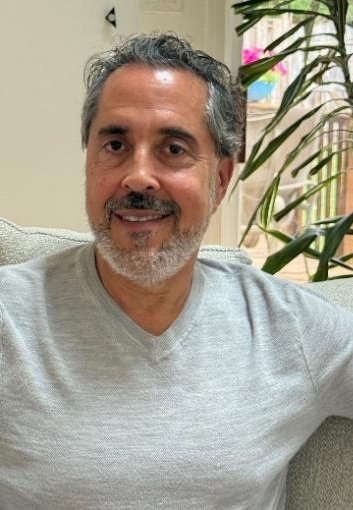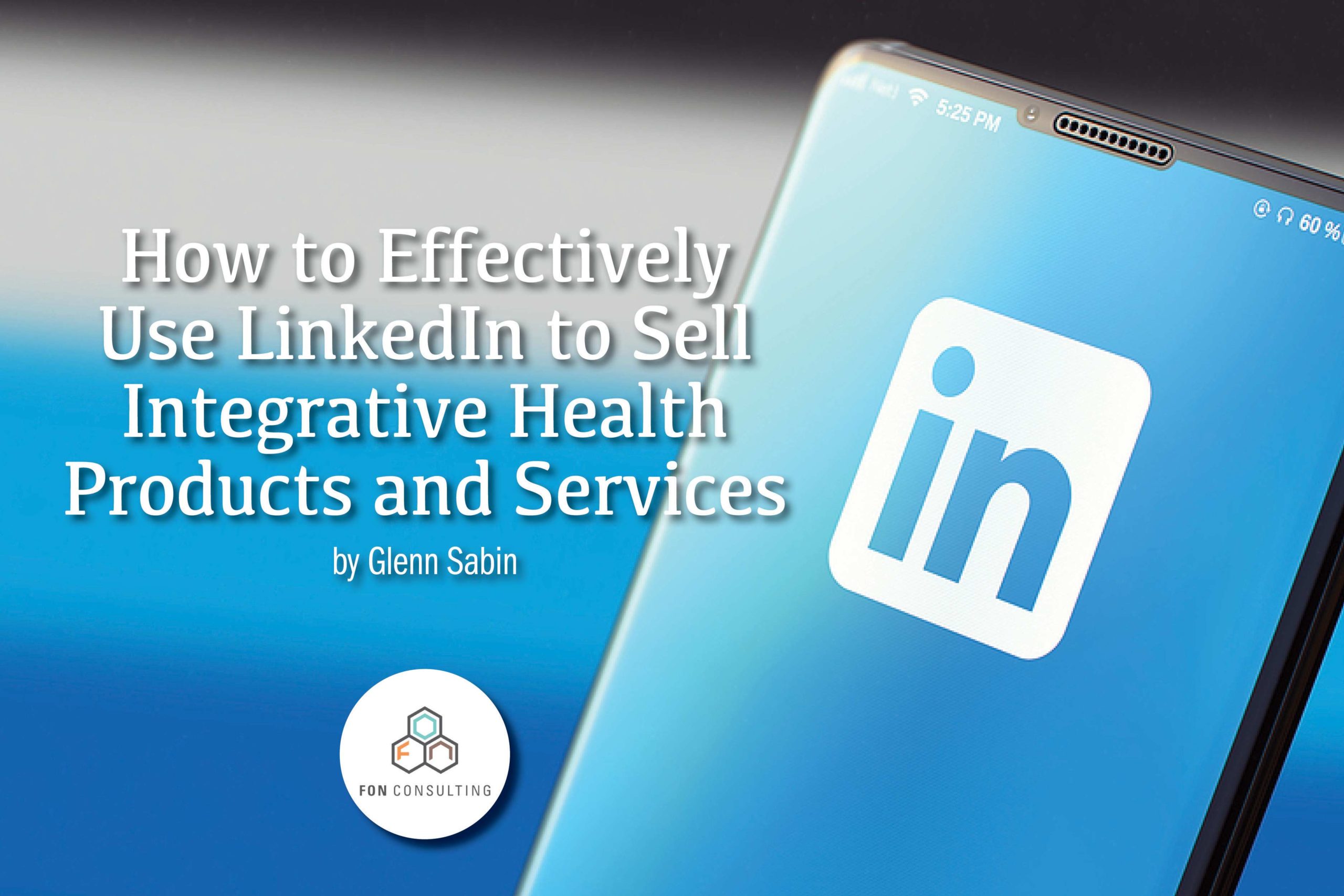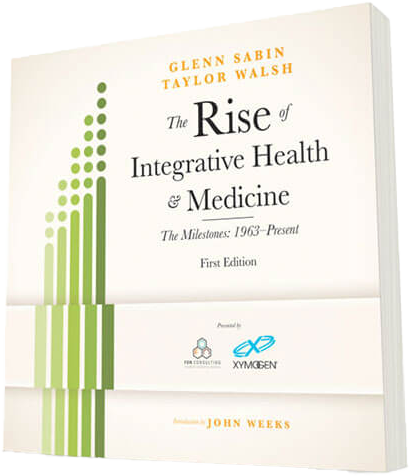Integrative Medicine: Solution to Primary Care Crisis?
By Glenn Sabin

Co-authored by Taylor Walsh
Reading the striking 80-plus-page report, Meeting the Nation’s Primary Care Needs, led by Dr. Michael S. Goldstein from UCLA’s Center for Health Policy Research and John Weeks, executive director of Academic Consortium for Complementary and Alternative Health Care (ACCAHC), made clear to me that the tipping point for integrative medicine as the standard of care is nearing.
The Goldstein/Weeks report, published by ACCAHC, is responsive to innovative care structures emphasized in the Patient Protection and Affordable Care Act (PPACA) meant to address the state of primary care in America. With the provisions of the PPACA set for full enactment in January 2014, there is a lot of discussion about how the approximately 30 million newly insured Americans will access primary care. The looming question is: “Who will deliver it?”
But before we explore the potential impact of the PPACA and the implications of the Goldstein/Weeks whitepaper itself, let’s first examine some important facts surrounding primary care.
The Challenges
More than 70% of Chronic Disease is Preventable, but Practical Solutions to Reverse the Trends Remain Non-Reimbursable
Lifestyle modification and behavioral change education almost never happens in a conventional PCP setting. Most doctors were not taught the basics of lifestyle medicine during medical school. The government’s current concept of prevention needs redefining. Physicians are largely treating disease symptoms, not causes, and are often too quick to prescribe drugs during their short patient visits. Simply and sadly put, this is because patient education and lifestyle counseling take time and is not reimbursed through our current payer model.
Shortage of Primary Care Physicians (PCPs)
The Association of American Medical Colleges warns that we could be short nearly 63,000 physicians across specialties by 2015. PCPs are expected to account for a large percentage of this unmet need. Many PCPs are retiring. In several markets, large and rural, affluent and underserved alike, PCPs are not taking new patients.
Primary Care Physician Burnout
PCP burnout is at an all-time high, with growing pressure to see more patients each hour just to keep their doors open. They are largely unhappy with the medicine they are delivering. Many are considering quitting.
Lack of Financial Incentives
Reimbursements from third-party payers (i.e., private insurance, Medicare) continue to decline, resulting in mounting financial pressures for existing practitioners. Many PCPs are closing shop or being acquired by hospital systems across the country.
The Shrinking Pool of Physicians Entering Primary Care
Newly minted MDs are largely avoiding paths to primary care largely because of the compensation issue. They have massive student loans to repay and realize that over the course of a PCP career they will earn several millions dollars less than their specialist colleagues. These more lucrative specialties also typically involve a lot less off-hours patient calls.
From the Patient’s Experience: The Empathy Deficit
How much empathy is even possible to display during the ever-shrinking PCP visit? A growing body of research now shows that current medical school curricula can seriously erode the inherent empathy brought in by arriving students, ultimately making effective appreciation of the value of primary care even more challenging.
Potential Solutions
Solutions to this serious erosion of primary care presently rest along three lines of development:
- New financial incentives that encourage medical school students to enter primary care and that emphasize prevention.
- New care services models designed to integrate prevention and health promotion activities more deeply into primary care practice.
- Perhaps most potent: Sanctioning non-MDs whose work already encompasses primary care tasks to provide some basic primary care roles.
Subsidization for Primary Care Education
There is talk about the government embracing a three-year medical school curriculum for those willing to practice primary care medicine for a period of time in underserved areas. This may effectively reduce medical school costs by 25% and grow the field more quickly to respond to increasing patient demand.
Inclusion of Integrative Health in Preventive Medical Education
In the fall of 2012, a National Coordinating Center for Integrative Medicine (NccIM) was established by HHS. Its purpose, as described by the American College of Preventive Medicine, which is administering the program, “is to provide support for Preventive Medicine Residency and other health professions training programs interested in incorporating evidence-based integrative medicine content into their programs.”
The funding of the NccIM occurred simultaneously with grants for integrative medicine curricula at 12 preventive medicine residency programs which the NccIM will administer.
Changing Business Models for Primary Care Practitioners
Patient-Centered Medical Homes (PCMH)
The PCMH approach to delivering primary care aims to improve the experience of care and overall health of populations, resulting in reduced per capita costs of healthcare. A PCMH adopts new technology and care delivery approaches. Relationships are established with patients and their families that encourage primary care to be patient-centered, coordinated, comprehensive and accessible. The PCMH setting is ripe for educating patients on the basic tenets of prevention and the role of integrative health strategies—specifically, the three-legged stool of stress reduction, diet and exercise.
New MD/DO-Based Business and Delivery Models
The confluence of unfavorable economics, physician burnout and the frustration of not being able to provide quality, comprehensive care, has led to a slow but steady migration of primary care medical doctors moving to concierge practice models.
Concierge medicine is an umbrella term that includes direct primary care and hybrid models that either eliminate third-party payers altogether, or charge customers (aka patients) a monthly or annual fee on top of insurance reimbursements. Also referred to as retained care, myriad clinical and patient membership models have evolved to strengthen primary care services for patients and the business interests of the practitioners.
Some physicians are working with name brand concierge care consultants like MDVIP, SignatureMD and Concierge Choice Physicians, while others are going it alone. Primary care physicians are moving away from the heavy paper-load, slow-paying, low reimbursements and tight clinical oversight associated with a third-party payer system. Instead, more doctors are opting for annual membership fees that reduce patient panels, thereby allowing same day appointments, better access via cell phone and email—telemedicine—and quality clinic time to educate patients on lifestyle changes.
With a hybrid approach, physicians charge smaller annual fees as compared to pure concierge care and continue to take insurance. Some also continue to take Medicare. The annual fee associated with a hybrid practice model can also allow physicians to take measured steps over time toward eliminating insurance altogether.
These concierge (including direct pay and hybrid) practices are run by both conventional primary care docs and by physicians trained in or leaning toward integrative medicine. What they have in common is their interest to provide better care, see fewer patients, and make a decent living. Importantly, they want to regain and maintain their own health, and livelihoods.
The obvious shortcoming in concierge models is that most may be inaccessible to those 30 million newly insured Americans who enter the market in 2014. Consumers will have to weigh the cost of high deductible insurance plans that offer comprehensive major medical coverage and the utilization of health savings accounts, versus traditional insurance-based primary care.
Will the PPACA broaden the appeal of the concierge model? Forbes recently wrote about successful models that are providing concierge-level medicine to lower income patients. As with much of the PPACA, however, it is too early to tell if this model will help or exacerbate the overall PCP access problem.
Integrative Health-Oriented Practices Directed by MDs/DOs
A new model of integrative primary care is emerging in the market that offers a substantial role for adjunctive integrative therapies. The MDs who lead these practices have either completed additional training in integrative medicine or a specific discipline such as acupuncture, or they hire physicians who have completed these programs.
Because of the very poorly understood dual health value of these disciplines—therapeutic and health-enhancing prevention—their inclusion in these hybrid practices presents the potential to offer lower cost clinical options for standard care and an emphasis on prevention that itself may lead to lower cost care requirements.
Some of these practices operate under one of the concierge models described above, either on their own or by partnering with an established concierge consulting company. However, most private integrative health practitioners have direct pay practices with no membership fees. They simply bill for their services directly and provide super bills for patients to submit their own insurance claims.
A hodge-podge of clinic and business models exists within the private practice integrative healthcare space. Most are direct pay, but some providers may take third-party insurance directly while charging cash for additional services and products, i.e., acupuncture, massage and supplements.
Glenn has written about integrative health as a collection of disciplines in the same camp, but many tents. The evolution of primary care, within the fluid context of concierge medicine business models, is instructive to those integrative health providers still trying to figure out how to make a living while delivering the model of comprehensive care they espouse and their patients need.
New Role for Physicians in Lifestyle Medicine
While MD-lead integrative practices present a new kind of potential in primary care, it is worth noting that most of these disciplines do not fully provide primary care medicine. Recent efforts in the physician community are also devoted to rectifying the problem, notably by the creation of a lifestyle medicine.
The American College of Lifestyle Medicine (ACLM) was established to formalize the use of “a variety of non-drug modalities,” including “diet (nutrition), exercise, stress management, smoking cessation” as “lifestyle interventions in the treatment and management of disease.” The initial focus may have been on managing disease, but the crisis in primary care is expanding objectives, to encouraging patients to adopt healthy lifestyles.
The American Medical Association (AMA) in June 2012 adopted a resolution that called for all physicians to “…offer evidence-based lifestyle medicine interventions as the first and primary mode of preventing and, when appropriate, treating chronic disease within clinical medicine”. This month the former president of the ACLM, Wayne S. Dysinger, MD, described the more expansive potential of physician participation in the AMA’s Virtual Mentor Journal of Ethics in “Lifestyle Medicine Competencies for Primary Care Physicians.” The article is here.
Enter Non-MD/DO Providers
Empowering the Licensed Integrative Health Disciplines
At the beginning of this article we mentioned the stunning ACCAHC/UCLA report, Meeting the Nation’s Primary Care Needs: Current and Prospective Roles of Doctors of Chiropractic and Naturopathic Medicine, Practitioners of Acupuncture and Oriental Medicine, and Direct-Entry Midwives.
The authors write: “The goal of this paper is to assist policy makers, regulators, third-party payers, delivery system administrators, practitioners, and other concerned parties as well as the disciplines themselves in considering the optimal use of these professions as part of the nation’s primary care matrix”.
Representatives of each discipline were asked to describe their scope-of-practice and health care missions related to to primary care and, where applicable, to define their distinct model of primary care delivery. Each described the gaps between their own practice methods and scope and standard primary care and outlined solutions for how those might be addressed.
Enjoying this article? Subscribe and get our latest, delivered straight to your inbox.
Key findings emerged from these introspective analyses:
- More than 105,000 licensed practitioners currently provide services in the U.S.
- Most patients see practitioners of these disciplines as their first choice for care
- Existing accreditation standards for each discipline recognize, to varying degrees, broad scope-of-practice and educational requirements that include prevention and treatment and/or co-management of acute and chronic conditions.
- In many jurisdictions, some of these disciplines—notably naturopathy (Washington, Oregon)—are legally recognized as primary care providers.
- Some disciplines are now being included in medical home programs to enhance primary care services for underserved communities—thereby relieving some burden on primary care system—and to offer often-lower cost therapeutic options.
- Generally unrecognized by the conventional medical community and workforce planners, this sizeable community of trained, licensed practitioners represent what the authors assert is a “hidden dimension” of primary care in the U.S.
Nurse Practitioners and Physician Assistants to Help Fill Void
Under the supervision of medical doctors, busy practices are now starting to utilize NPs and PAs to see and treat patients with non-complex medical conditions. Although the scope of practice can vary from state-to-state for NPs and PAs, there are billing codes specific to the services they provide. When properly assimilated into a clinic, NPs and PAs will certainly help carry the burden.
ACA Section 2706: Will Patients Lose Something They Don’t Have?
When the Affordable Care Act goes into full effect next January, it will carry the provisions of section 2706, “Non-discrimination in health care,” whose language directs the states not to allow insurers to discriminate against any licensed health care providers working within their scope of practice to address any of the conditions covered by insurer plans. This means that for the first time, the practitioners in the integrative heath fields are on the cusp of being “read-in” to a place of parity within the reimbursable insured American health care system.
But the actual implementation of these provisions is far from certain. Each state will interpret the law by defining essential benefit standards for its own markets. And as Goldstein and Weeks point out, those decision-makers have little understanding of the role integrative practitioners play in their own primary care markets today.
And are patients who use integrative disciplines for primary care aware that their out-of-pocket treatment costs are on the verge of becoming reimbursable? They are not.
Despite this uncertainty, given that practitioners in these disciplines have always concentrated on behavioral change and the creation of wellness, their contributions to the primary care provider gap may prove hugely beneficial, if properly assimilated into the system. They are, at worst now positioned to play a constructive role.
Key Takeaways
Whether the new emphasis on primary care is being expressed through a physician-directed integrative health model, holistic primary care, functional medicine or something else within the integrative camp, it is important to be aware of the opportunities and threats that are emerging with the slow but gaining exodus of primary care docs to concierge care.
The central thesis of the Goldstein/Weeks (ACCAHC/UCLA) report— that integrative health disciplines represent a “hidden” expertise already imbued with primary care principles and experience—needs serious examination. It also needs to guide state health commissioners in their understanding of the ACA Section 2706, which became law in order to provide the public with the full measure of licensed health services, in particular those in primary care.
About FON
FON is a leading integrative health and medicine business development and strategy consulting firm. FON specializes in custom solutions for growing patient volume, developing programs, and increasing product sales. Our practical business models are driven by innovative marketing, clear messaging, and customer engagement via branded storytelling.
Contact us today to schedule a complimentary 30-minute consultation to discuss your business development or personal brand needs.

Glenn Sabin, founder of FON and author of n of 1, is a nationally recognized thought leader who positions health innovators, enterprises, and organizations for sustainable growth. Leveraging deep experience in media, strategy, marketing, and business development—and his own compelling cancer journey—he champions personalized medicine and the generation of real-world data and evidence to help define a new, accessible standard of care.
Read Glenn’s story.






















